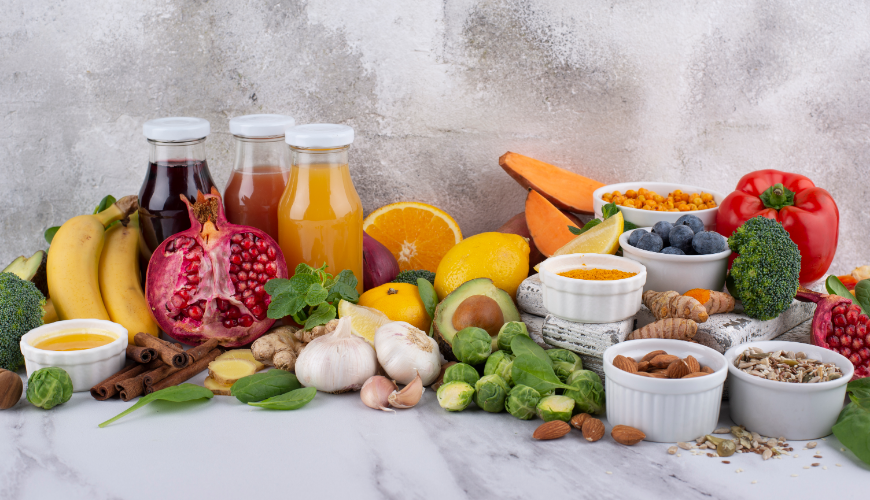
Discover the delicious Serbian moussaka and refresh your menu

Serbian Moussaka - A Balkan Classic Making Its Way Into Czech Kitchens
When you hear the word "moussaka," most people probably think of the Greek version of this dish—a layered baked dish with eggplant, minced meat, and béchamel sauce. Few realize that moussaka has numerous regional variations and that Serbian moussaka differs significantly from its Greek counterpart. Despite being a simple, homely dish, it carries a rich history and flavors that are winning the hearts of gourmets across Europe. What exactly is Serbian moussaka, how does it differ from other versions, and why is it worth trying?
What is Serbian Moussaka and What Makes It Special?
Serbian moussaka is a traditional dish of Balkan cuisine, where potatoes, minced meat, and eggs are layered, often seasoned with onions, garlic, and spices, and then baked to a golden finish. Unlike its Greek cousin, which uses eggplant and a rich cream sauce, the Serbian version relies on more modest, yet hearty ingredients. The result? A dish that may look unassuming, but explodes with flavor.
The foundation of Serbian moussaka consists of thin slices of potatoes layered with minced meat—most commonly pork or beef, sometimes a mix of both. The final layer is a mixture of eggs and milk, which turns into a delicate, golden crust during baking. This combination gives moussaka its characteristic texture: a crispy top, succulent meat, and soft potatoes soaked with the flavor of spices.
Some add tomato paste or paprika, while others stick to the basic recipe. In every household, it tastes a little different, but it's always a dish that brings the family together at the table.
Serbian Moussaka Recipe
Preparing moussaka isn't complicated, but it requires a bit of time and patience. And that's what makes it the perfect weekend meal—when you can enjoy a slower pace and a kitchen filled with the aroma of baked potatoes and spices.
Ingredients (for 4–6 servings):
- 800 g potatoes
- 500 g minced meat (pork, beef, or a combination)
- 1 large onion
- 2 cloves of garlic
- 3 eggs
- 250 ml milk
- salt, pepper, sweet paprika, marjoram (optionally a bit of nutmeg)
- oil for frying
- optionally tomato paste or chopped tomatoes
Instructions:
- Peel and slice the potatoes into thin slices—ideally about 3 mm thick, so they bake well.
- Finely chop the onion and sauté in a bit of oil until translucent. Add the minced meat, season with salt and pepper, add garlic and other spices to taste. Fry until the meat is browned. If you want to add tomatoes or paste, do it now.
- In a baking dish, layer potatoes, meat, and potatoes again until all ingredients are used up. The top layer should be potatoes.
- In a bowl, whisk the eggs with milk, add a bit of salt and optionally a pinch of nutmeg. Pour the mixture over the contents of the baking dish.
- Bake in a preheated oven at 180 °C for about 45–60 minutes, until the top is golden and the potatoes are soft.
Some recipes suggest pre-baking the bottom layer of potatoes, while others recommend simmering the meat with garlic and tomatoes separately. Every cook can adapt Serbian moussaka to their liking—and that's the charm of this dish. There is no "one right" way.
Balkan Nostalgia That Tastes Great in the Czech Republic
You might wonder why someone in the Czech Republic would cook Serbian moussaka when we have our own traditional dishes like French potatoes or šunkofleky. The answer is simple: it's an honest, nutritious, tasty meal that fits well with our Central European climate and taste profile. It's not overly exotic, yet it offers something new—a subtly different harmony of flavors, a different approach to familiar ingredients.
Interestingly, Balkan cuisine shares many traits with Czech cuisine: it relies on simple, readily available ingredients and a combination of meat, legumes, vegetables, and spices in various forms. Serbian moussaka is a prime example of this. In some respects, it resembles Czech baked potatoes, but ultimately it tastes completely different.
Moreover, it fits perfectly into a varied family menu. Children appreciate the mild flavor and soft consistency, while adults enjoy the crispness and heartiness. And if there's some left for the next day, there's no need to reheat—moussaka tastes great cold, or slightly warmed on the stovetop or in the oven.
A Tradition Carried by Migrants and Memories
Many people first encountered Serbian moussaka through neighbors or relatives from the former Yugoslavia. In the 1990s, during the Balkan conflicts, thousands of people moved to the Czech Republic, bringing their cuisine with them. Today, you can find moussaka not only in Serbian family homes but also in some restaurants focusing on Balkan cuisine.
Jana, who grew up in Most in a street where several Serbian families lived, recalls: "Our neighbor Milena made moussaka almost every week. As children, we found it strange; it wasn't sweet, but it smelled so good that we always knocked on her door to ask if we could have a piece."
This personal dimension—memories, sharing, the smell of home—is exactly what makes moussaka more than just food. It's a story told through taste, simple and heartfelt.
Why Should You Try Moussaka Now?
In a time when more people are seeking ways to sustainable cooking, relying on home-prepared meals and trying to reduce unnecessary waste, moussaka offers the perfect solution: affordable and readily available ingredients, simple preparation, and the ability to use leftover meat or potatoes. Moreover, you can cook enough for a large family or for future meals.
If you also swap regular ingredients for those from organic farming, you can turn the dish into not only a treat but a conscious decision. Organic potatoes, meat from a free-range farm, or eggs from free-range chickens—all add another dimension to moussaka and support a healthier, more sustainable way of eating.
In short, Serbian moussaka isn't just another baked dish—it's a traditional meal with a story, offering much to modern cooks. Whether you prepare it according to the classic recipe or adapt it to your own imagination, one thing is certain: its taste will embed itself in your memory and may become a staple in your family's menu.

